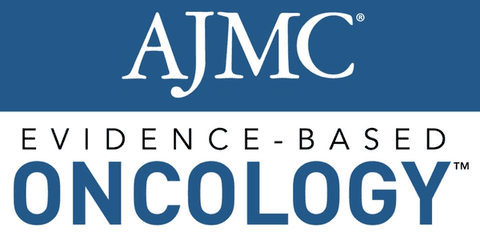Article
Microsoft Partnering With Cancer Researchers on Genomic Database
Author(s):
Microsoft is partnering with an independent, nonprofit biomedical research institution on an artificial intelligence, machine learning tool to process the vast amount of data flowing out of genomic research.
Microsoft is partnering with an independent, nonprofit biomedical research institution on an artificial intelligence, machine learning tool to process the vast amount of data flowing out of genomic research.
In a blog post earlier this week, the tech giant said it was working with The Jackson Laboratory, also known as JAX, on the tool developed by lab, based in Bar Harbor, Maine.
Called the Clinical Knowledgebase, or CKB, the searchable database allows experts to store, sort and interpret complex genomic data to improve patient outcomes and share information about clinical trials and treatment options.
There are about 4000 biomedical research papers published daily, and the challenge is to find the most relevant cancer-related information from them, said Susan Mockus, the associate director of clinical genomic market development with JAX’s genomic medicine institute.
To that end, the JAX scientists are working with computer scientists from Microsoft’s Project Hanover, which is developing AI technology that allows machines to read complex medical and research documents and highlight key information. Project Hanover, which launched in 2016, focuses on 3 representative areas: molecular tumor board, real-world evidence, and clinical trial matching.
Researchers have found they can make progress by narrowing the focus to specific areas such as clinical oncology, said Peter Lee, corporate vice president of Microsoft Healthcare.
CKB stores structured information about genomic mutations that drive cancer, drugs that target cancer genes, as well as patient response. Oncologists could to discover what, if any, matches exist between a patient’s known cancer-related genomic mutations and drugs that target them, or search for information about clinical trials.
Project Hanover has the capability to comb through biomedical papers, flag and rank them. Human curators working on CKB can then focus on the flagged research papers, validating the accuracy of the highlighted information, which is also useful to translational and clinical researchers, said Mockus.
“Our goal is to make the human curators superpowered,” said Hoifung Poon, director of precision health natural language processing at Microsoft and the lead researcher on Project Hanover.
“With the machine reader, we are able to suggest that this might be a case where a paper is talking about a drug-gene mutation relation that you care about,” Poon explained. “The curator can look at this in context and, in a couple of minutes, say, ‘This is exactly what I want,’ or ‘This is incorrect.’”




